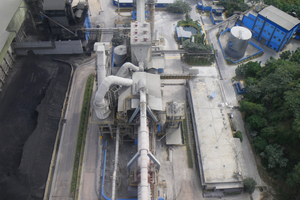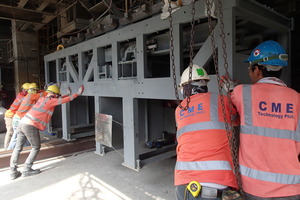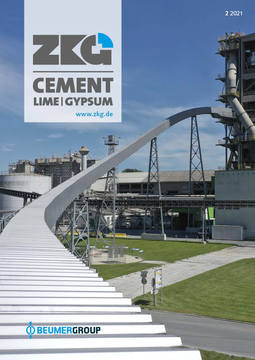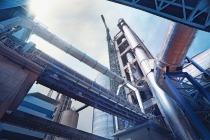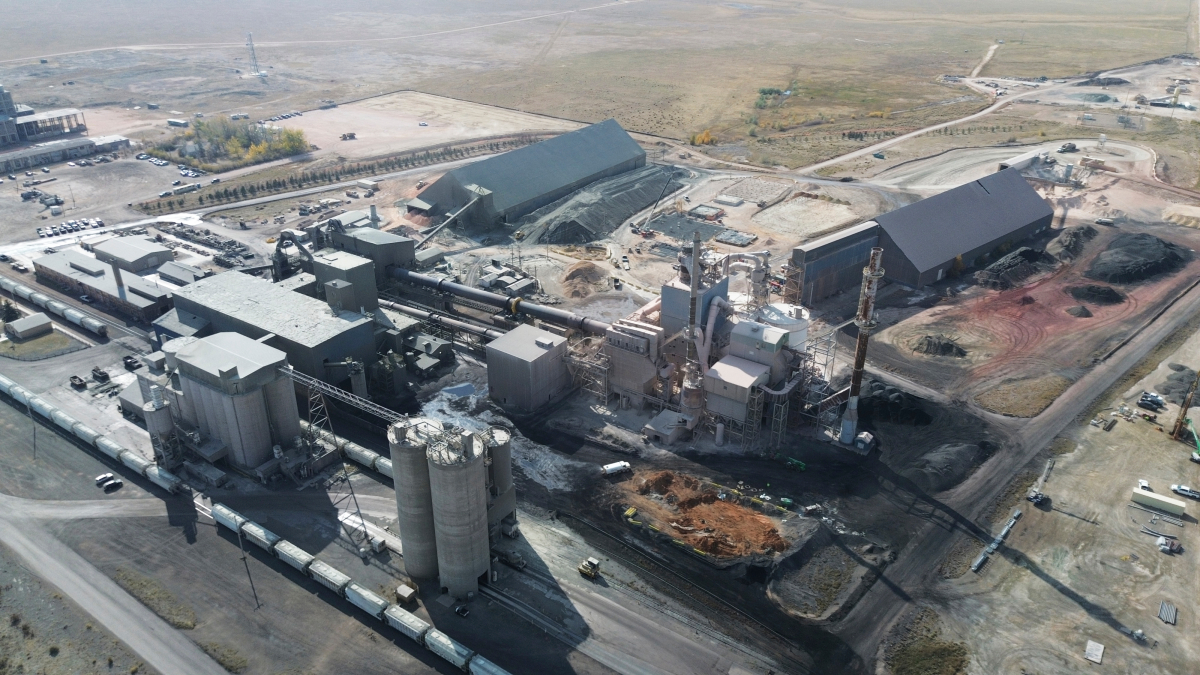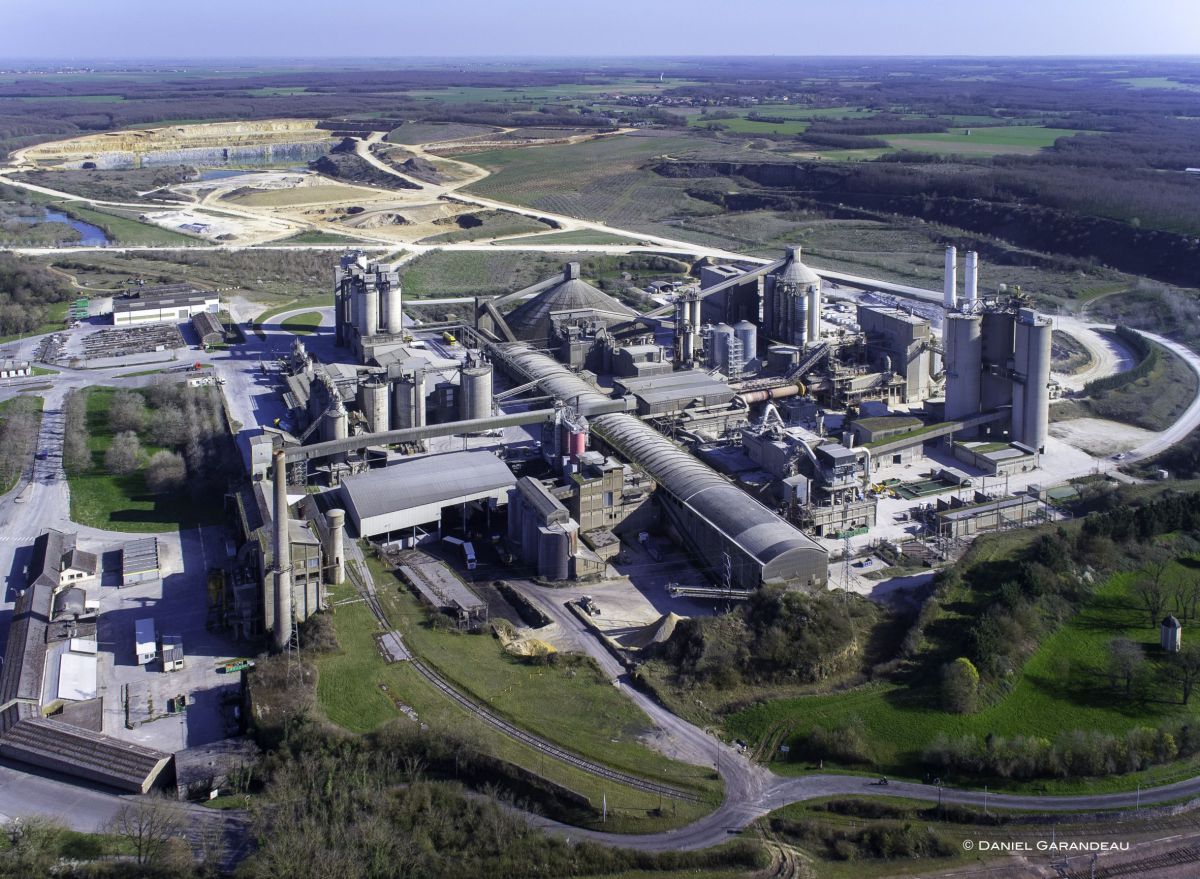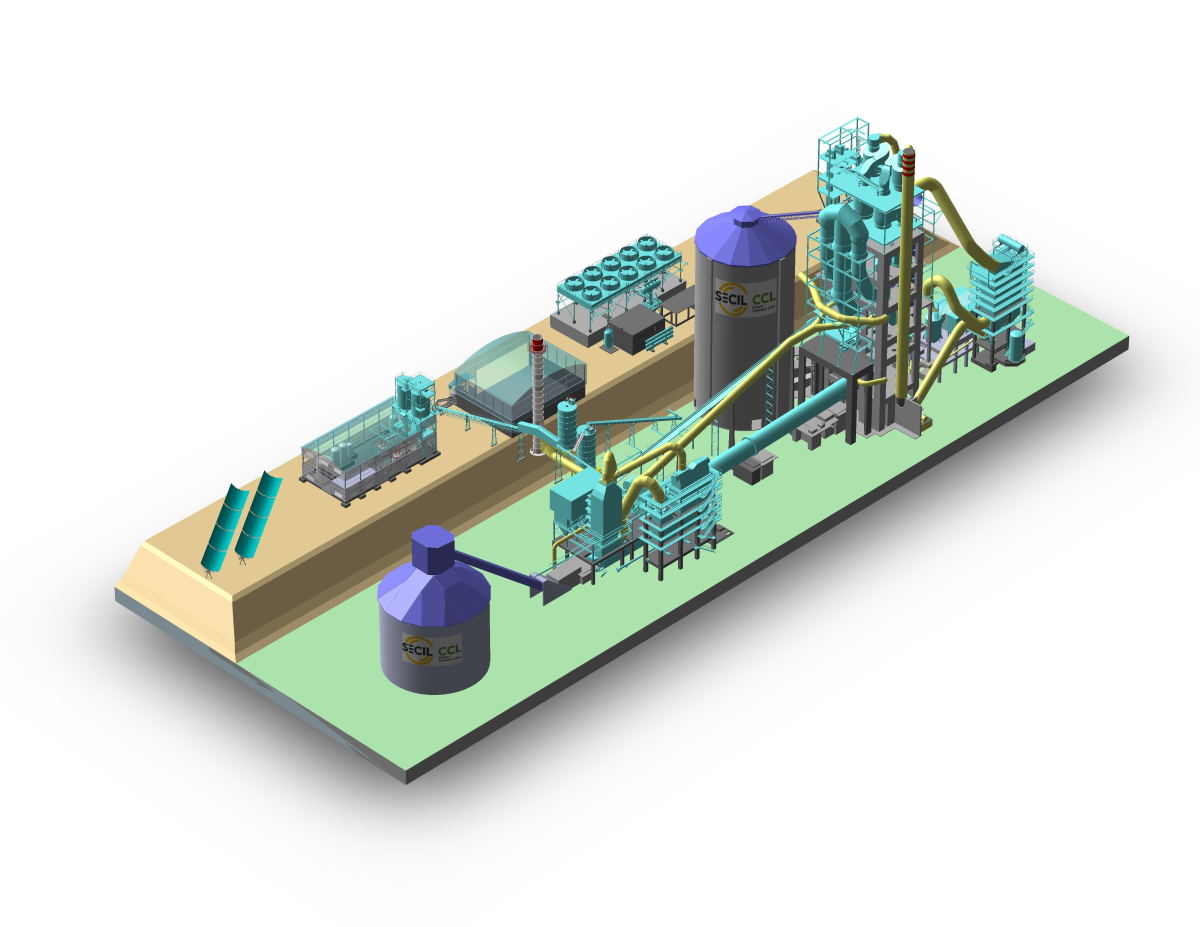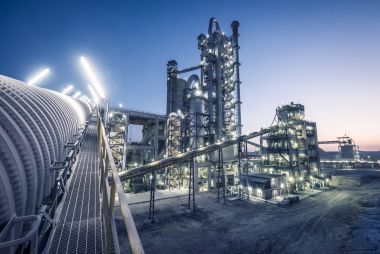Cooler at higher loading: successful upgrade in the Philippines
Cooler conversions always bring specific challenges with them: limited footprint, limited budget, required speed of execution. A lot of coolers built in the late eighties and nineties, generally according to the reciprocating grate principle, are reaching the end of their operating lifetime. Compared to the latest generation, these machines have higher maintenance requirements, which translate into lower plant availability, and lower efficiencies, which makes them into bottlenecks for plant capacity increase projects. Converting them to the state of the art within the shortest period of time is possible if a few key requirements are met: a modular new cooler, a good installation concept, and especially a strong cooperation between the technology provider and the customer. This was the case for the conversion of the old cooler of the Teresa plant in the Philippines to a polytrack ®.
The plant
The Teresa plant in the Philippines, situated in the vicinity of the capital city of Manila is one of the five plants of Republic Cement, the second largest cement producer in the country. Republic Cement became part of the CRH group in 2015. The polysius kiln line with a five stage Dopol preheater and a Repol grate cooler with direct aeration was commissioned in 1997 and produces type 1 P blended cement. In 2010 the kiln line was extended by waste heat recovery systems on both preheater and cooler side.
Project background and motivation
A thyssenkrupp process specialist from Beckum/Germany visited the plant twice in 2017: at the beginning of the year for a raw mill optimization, and in July for a kiln line audit. The customer expressed the desire to decrease the high heat consumption and increase the production capacity of the plant up to 3600 t/d from the original 3300 t/d. The goal of the audit was to generate a list of measures to serve as a basis for the optimization and upgrade activities.
The investigation showed that the cooler performance was a significant bottleneck in achieving the customer’s objectives. The outdated and aging direct pipe aeration hampered the cooling performance resulting in low heat recovery and high clinker end temperature (as shown in Table 1). With the help of the audit recommendations the performance could be improved, but it was deemed that a new high efficiency polytrack cooler would be necessary to reach the higher production targets. In order to minimize the plant stoppage and cost for the cooler conversion, it was decided to do the modification in the existing housing. Together with the cooler, the old hammer crusher was to be replaced with a low wear roller crusher with electromechanical drive.
The installation
The conversion contract became effective in November 2018 and the kiln shutdown was initiated on November 7th 2019. The mechanical installation was finalized 26 days later and the kiln heating up started on December 10th. First clinker with the new polytrack cooler was produced on December 13th. The fast conversion was made possible by good planning and a tight collaboration between all involved parties: technology provider, the plant personnel and the local contractor. Despite performing the job on EP basis, thyssenkrupp involved the local contractor from the initial kickoff meeting, where the installation concept was reviewed and adapted to fit the existing equipment and personnel capacities. The good communication, openness, and flexibility of all involved parties helped reduce substantially the originally planned shutdown time, while following all safety regulations, and without sacrificing quality.
The conversion was performed during the yearly maintenance stoppage, at the same time and in the same space as repair works to the burner and kiln. Accordingly, tight coordination with the plant was paramount. To accelerate the cleanout of the old equipment an opening was made in the front lateral side of the housing, in parallel to the opening on the discharge end, necessary for removing the hammer crusher. The cooler modules were delivered preassembled to site, greatly facilitating their installation. They were lifted by crane into the lateral housing opening and slid into position on previously installed IPE beams. In the end, the housing wall was closed and the refractory was renewed in the area affected by the conversion.
Technical highlights
With such a tight available space the area loading could not be reduced to fit today’s design guidelines of 45 t/(d∙m²), but this is not uncommon for debottlenecking projects. Due to the robustness of the polytrack, combining good aeration and efficient conveying, thyssenkrupp was confident it could still achieve the required performance figures. Being able to operate reliably at high loading is a key feature of the polytrack cooler. In order to achieve low clinker end temperature, under the circumstances two factors are key:
(1) good, uniform aeration, made possible by the new aeration elements with reduced pressure drop and,
(2) sufficient residence time, through managing the clinker bed height. The high-efficiency conveying mechanism of the polytrack can handle clinker bed heights well over 80 cm. Still, to make sure that the cooler can operate continuously, even in the case of an additional load like coating falling from the kiln, the pumps of the hydraulic drive were fitted with motors with 20% higher power than would have been normally the case
Before the conversion, due to the suboptimal, worn out direct aeration, the cooler also used to have red river problems. Besides significantly improving the aeration, the new polytrack offers the means to tackle red rivers by adjusting the stroke length of the tracks and therefore the clinker bed height profile over the width of the cooler. Reducing the bed height on the side where the red river develops by adjusting the stroke length allows the cooling air to penetrate the stream of fine, hot material, effectively quenching it. Managing red rivers helps reduce the overall wear on the system, including the crusher and downstream equipment.
Service, cooperation and future outlook
The new cooler started operation on the cusp of 2020 and the outbreak of the Corona virus epidemic. All optimization activities, which had been planned for the new year were made impossible by travel bans and forced shutdowns. Still, as soon as production resumed, so did the communication between the plant and the specialists in Beckum. Optimizing crusher operation for high load and fluctuating kiln conditions could first be achieved during the summer virus lull. Both the thyssenkrupp local organization in Vietnam, which is responsible for the APAC region, and the engineering specialists in the German cement headquarters in Beckum were and remain committed to the continuous support of the customer in achieving their goals, despite the uncertainties and challenges of the present situation.
The feedback of Republic Cement was that this was their easiest and best managed conversion project in recent years and that their expectations were exceeded. This is ultimately due to the hard work and dedication of all involved parties working on the project from the planning stages, to execution, installation, commissioning and beyond. “engineering tomorrow together” is ultimately the thyssenkrupp motto, and the customers are a vital part in putting it into practice every day.

